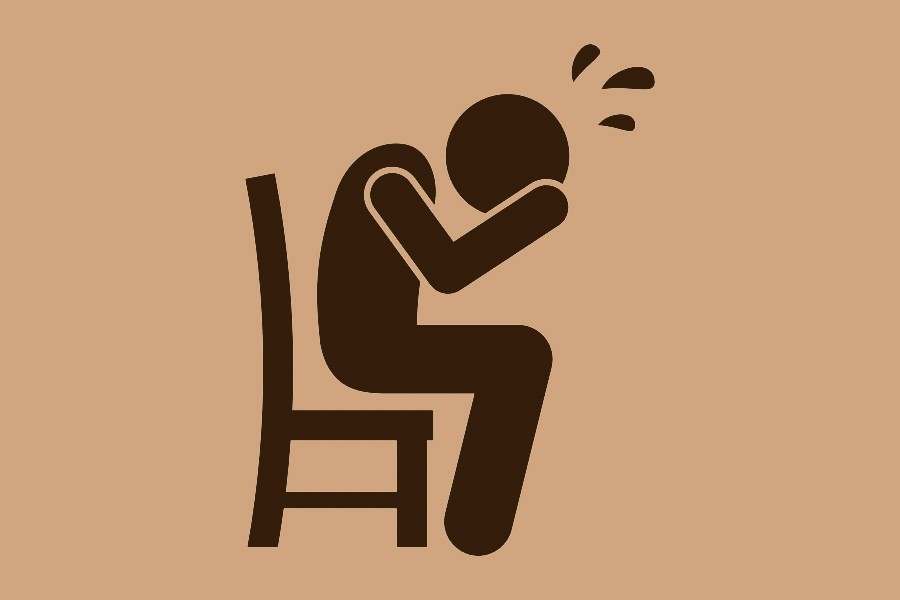Bullying, not necessarily, involves physical assault. In popular notion in Bangladesh, it stands for intimidation, extreme forms of humiliation and coercing someone into doing something unpleasant. But still, the bullying elements more often resort to physical oppression. According to a UNICEF finding, 35 per cent students in the age-group of 13-15 in Bangladesh are said to be bullied one or more days in a 30-day period. The report has picked 2014 as its year of focus, when the teenagers were in physical fight at least once. Worldwide, the survey adds, half of students between 13 and 15, around 150 million, experience peer-to-peer violence and physical fights in and around school. Bullying has been an integral part of teenage culture in the sub-continent since ancient times. Apart from educational institutions, the menace is found in almost all areas ranging from playground, recreational venues to community get-togethers. However, these persecutions are commonly found in school.
As part of a sub-continental twist, bullying sees a meek, submissive boy or a girl fall victim to the oppressive treatment from someone a little older than them. The mischievous and cruel behaviour does not involve hostile attitudes or any enmity. Many elders brush it off as a fun. But it is no ordinary child's play. Extreme forms of bullying often lead to ugly violence and hostilities. The impacts of some linger on for a long time, even when the teens concerned reach adulthood. But these are exceptional cases. Normally, by the time the boys or girls leave school, all rancorous and bitter feelings among them are gone.
A section of behavioural scientists, thus, would like to widen the sphere of bullying. They do not want to confine the menace to school premises. By adding many other social factors to it, they detect bullying in all the fields that see teenage involvement. The nature of the mindless fun remains the same as found in school. In the sub-continent, including Bangladesh, neighbourhood bullies are a common spectacle. These senior, muscular teenagers dictate the movements and activities of the younger ones. On occasions, they assume the roles of leaders. They do not want material favour of the juniors. What they want is unalloyed loyalty, and the readiness on the part of their 'chelas' to comply by their orders.
In Bangla juvenile literature bullies are portrayed at times as amusing, characters. In order to earn the admiration of their junior disciples, they tell them about scores of sagas of their heroic feats. Most of these tales are fictitious. The 'Chelas' of the neighbourhood bullies can in no way show the faintest element of disbelief. In such a case one may have to earn the ire of the leader for an indefinite period of time. It's only through atonement that a junior can absolve himself of the offence committed, though unwittingly. The famous character of Teni-da created by Narayan Gangopaddhay cannot be appeased completely until he is treated with a sumptuous dish of afternoon snacks at a roadside eatery.
Those days of ever-dictating but largely harmless neighbourhood bullies are gone. They have been replaced by a new breed of 'leaders'. Befitting the complicated times, they are found involved in questionable acts. They do not bother to initiate their juniors into the dark worlds. What's most appalling, in the developing countries the concept of bullying continues to expand. Alongside the conventional bullies, there are dozens of their kind. Thus political bullies, community bullies and cultural bullies call the shots in their respective domains. Coming to the core subject, bullying is reprehensible. Its extreme forms force many teenagers into changing schools. It jeopardises many a bright career.


